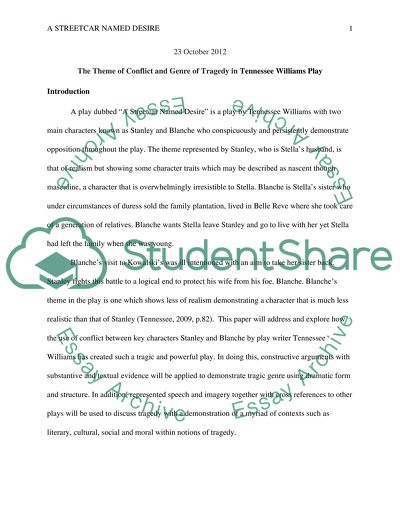Cite this document
(“How does Tennessee Williams use the conflict between Stanley and Coursework - 1”, n.d.)
How does Tennessee Williams use the conflict between Stanley and Coursework - 1. Retrieved from https://studentshare.org/literature/1605806-how-does-tennessee-williams-use-the-conflict-between-stanley-and-blanche-to-create-such-a-powerfully-tragic-play
How does Tennessee Williams use the conflict between Stanley and Coursework - 1. Retrieved from https://studentshare.org/literature/1605806-how-does-tennessee-williams-use-the-conflict-between-stanley-and-blanche-to-create-such-a-powerfully-tragic-play
(How Does Tennessee Williams Use the Conflict Between Stanley and Coursework - 1)
How Does Tennessee Williams Use the Conflict Between Stanley and Coursework - 1. https://studentshare.org/literature/1605806-how-does-tennessee-williams-use-the-conflict-between-stanley-and-blanche-to-create-such-a-powerfully-tragic-play.
How Does Tennessee Williams Use the Conflict Between Stanley and Coursework - 1. https://studentshare.org/literature/1605806-how-does-tennessee-williams-use-the-conflict-between-stanley-and-blanche-to-create-such-a-powerfully-tragic-play.
“How Does Tennessee Williams Use the Conflict Between Stanley and Coursework - 1”, n.d. https://studentshare.org/literature/1605806-how-does-tennessee-williams-use-the-conflict-between-stanley-and-blanche-to-create-such-a-powerfully-tragic-play.


